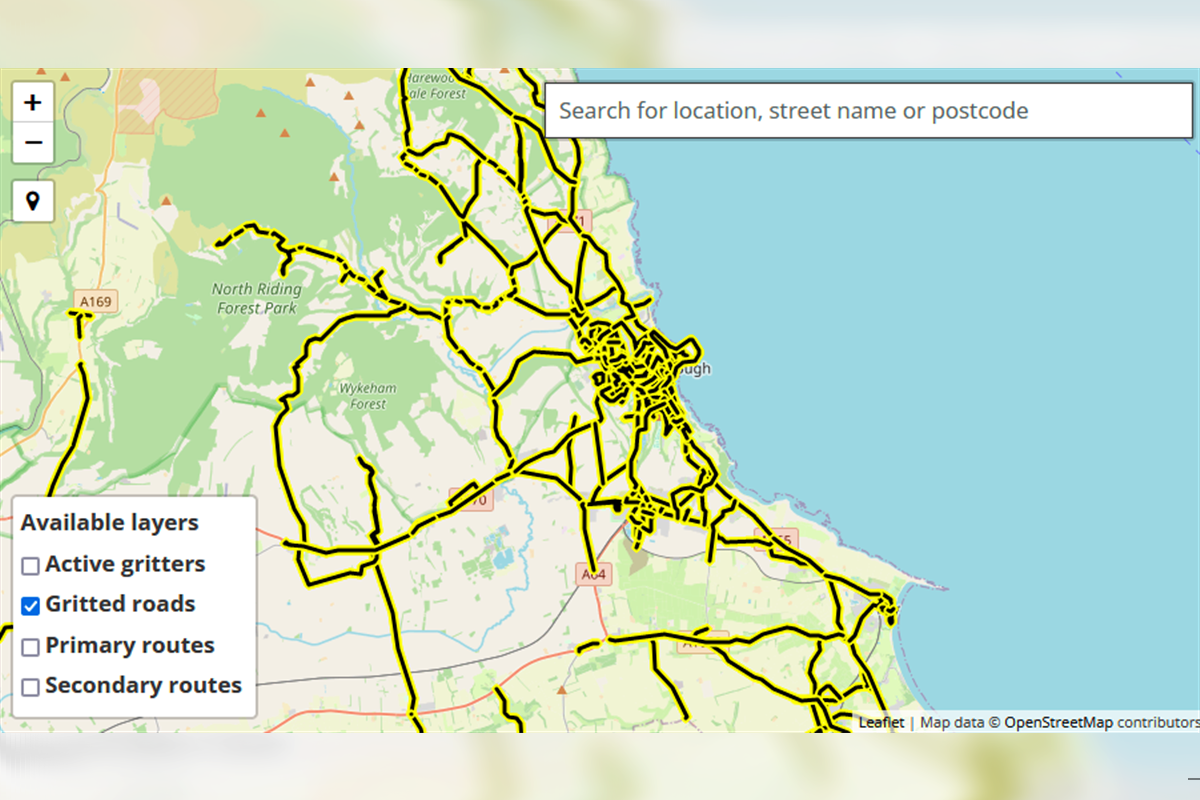
The online map displays which of the county's roads have been treated in the last ten hours.
Road users in North Yorkshire are being reassured that highways teams are undertaking a major programme of work to keep the county moving as winter begins to bite.
A yellow weather warning has been issued for snow and ice across Yorkshire and Humber.
The county council says it's gritting crews are on call 24 hours a day throughout the winter months, ready to treat roads whenever needed, often being out on the road from 5am.
The teams, provided by NY Highways, the highways maintenance company set up by North Yorkshire County Council, have been treating priority routes around the county this week as the first real cold spell of the winter set in.
The county council’s executive member for highways and transportation, Cllr Keane Duncan, said:
“Our gritting crews go out in all weathers and at all hours to make sure the county’s road network is open and as safe as possible.
“Keeping North Yorkshire moving is a key priority for the county council and our annual budget of more than £7m enables us to deliver one of the UK’s most comprehensive winter programmes.
“We’re immensely proud of the service we are able to deliver for the public. We treat almost 3,000 miles – 54 per cent – of our total road network and in a typical season make 6,600 runs.”
The county has seven primary highways depots plus satellite depots around the county. Its salt barns have capacity for about 55,000 tonnes of salt, which is bought locally from Boulby Potash Mine. There are also 8,000 salt heaps and bins around the county.
NY Highways recently invested more than £2m in new gritters for its modern fleet, which comprises 79 vehicles, including two electric-bodied gritters.

The team is supported by about 100 farming contractors, who help to keep the roads clear in their locations during more challenging conditions.
The latest weather forecasting technology, which includes ice prediction weather stations, a 24-hour weather forecast and road temperature sensor data, is used to monitor conditions throughout the day and night, so gritting plans can be adjusted as needed.
The size of North Yorkshire’s road network means priority us given to keeping the main routes open. Priority 1 routes connect or go through the county’s towns and are cleared before moving on to priority 2 routes, which give access to smaller communities.
Cllr Duncan said:
“Drivers should always drive in accordance with road and weather conditions and should avoid unnecessary journeys during periods of bad weather.
“Road conditions can deteriorate quickly in severe weather, however, even when they have been gritted or ploughed.
“It’s important for drivers to remember that gritting does not guarantee an ice-free surface and salt becomes less effective the further the temperature drops. Rain and surface water run-off can also reduce the effectiveness of gritting by washing salt away.
“Treated roads need traffic to drive over them to grind the salt and activate it. Salt alone does not melt snow and ice.”
People can find details of the county’s gritting operation at www.northyorks.gov.uk/road-gritting
This gives access to an interactive map, which shows the priority one and two routes and where gritters have been in the previous ten hours.
It also provides access to 27 roadside cameras, which relay live images of conditions on key routes around the county to help people with journey planning.
Advice for drivers about preparing for winter driving is at www.northyorks.gov.uk/safe-winter-driving




 Bridlington Could Have One Large GP Practice for Entire Town
Bridlington Could Have One Large GP Practice for Entire Town
 Children's Online Safety Knowledge Improves but Risks Remain Says North Yorkshire Survey
Children's Online Safety Knowledge Improves but Risks Remain Says North Yorkshire Survey
 Former Scarborough Athletic Chairman Expresses Confidence in Ground Issue Resolution
Former Scarborough Athletic Chairman Expresses Confidence in Ground Issue Resolution
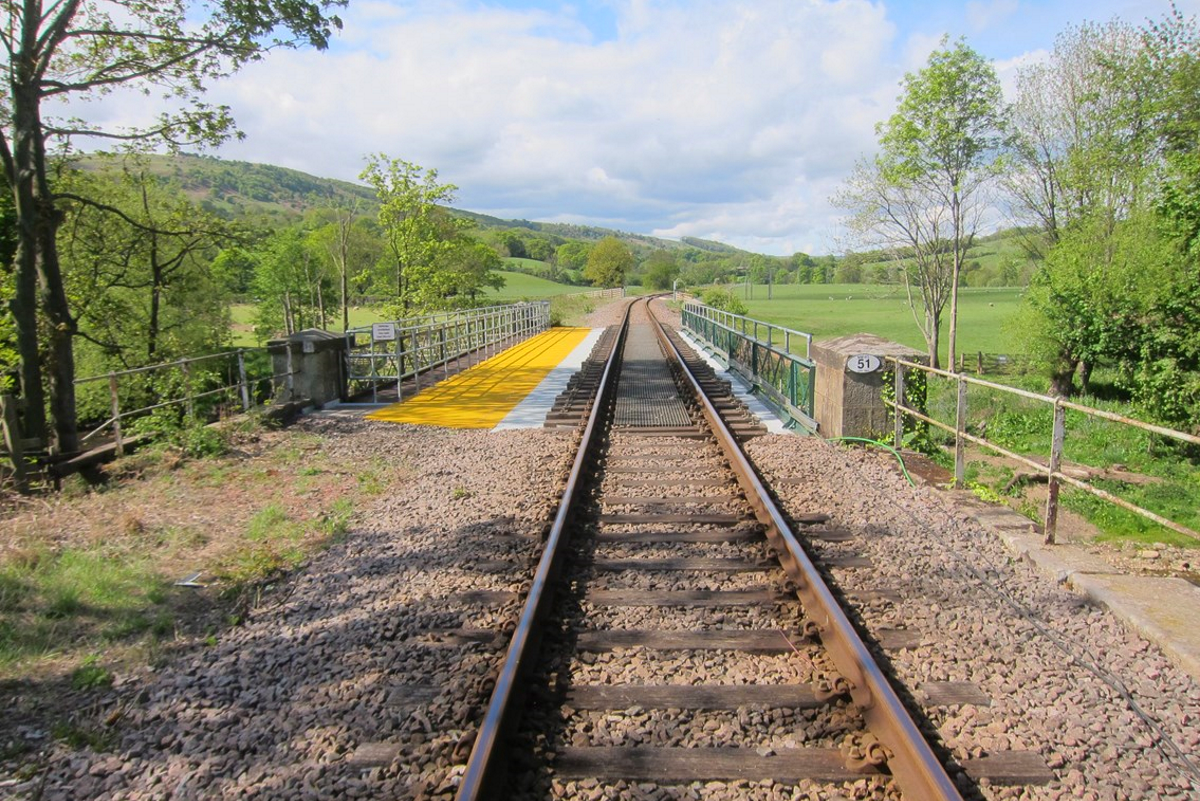 Esk Valley Community Railway Backs Train Use for Whitby School Pupils
Esk Valley Community Railway Backs Train Use for Whitby School Pupils
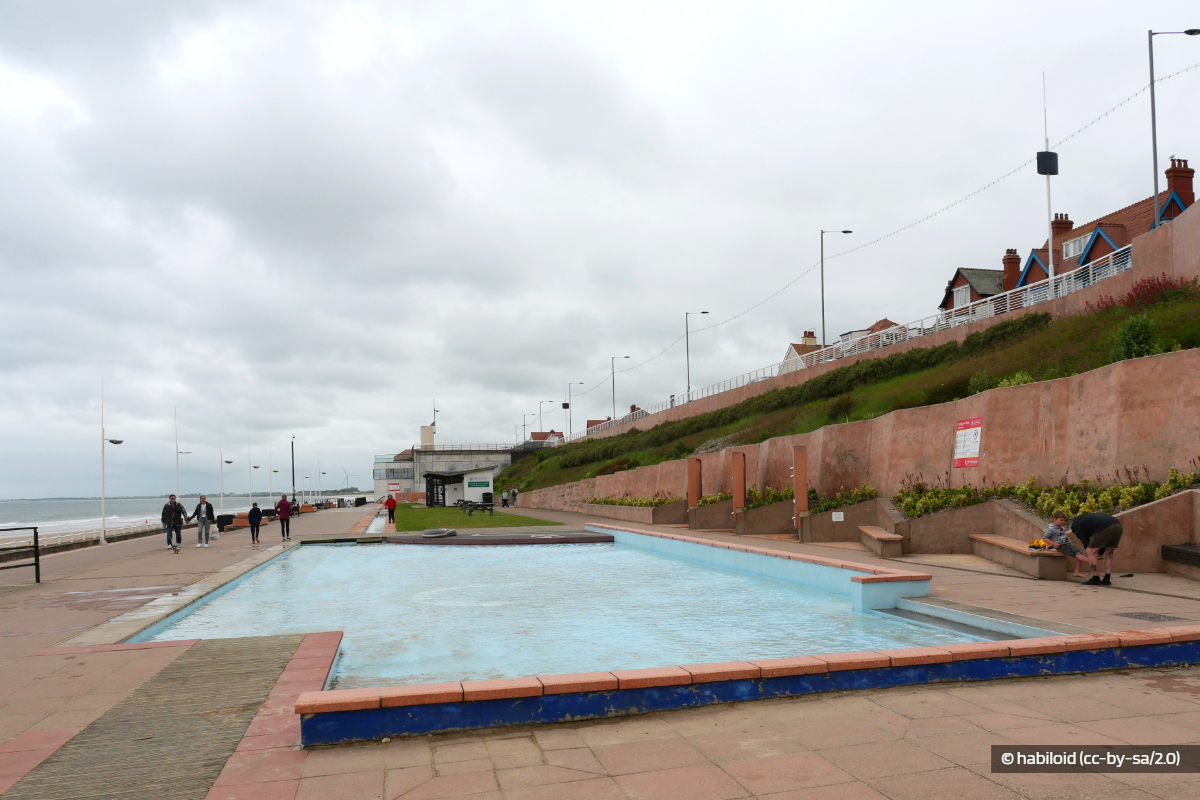 Concern Over Bridlington Paddling Pool Use
Concern Over Bridlington Paddling Pool Use
 Scarborough and Whitby MP Raises Concerns Over PIP Changes at Prime Minister's Questions
Scarborough and Whitby MP Raises Concerns Over PIP Changes at Prime Minister's Questions
 Yorkshire Coast Towns Could Get Share of £1.2m Investment
Yorkshire Coast Towns Could Get Share of £1.2m Investment
 Scarborough Charity's Future Fears
Scarborough Charity's Future Fears
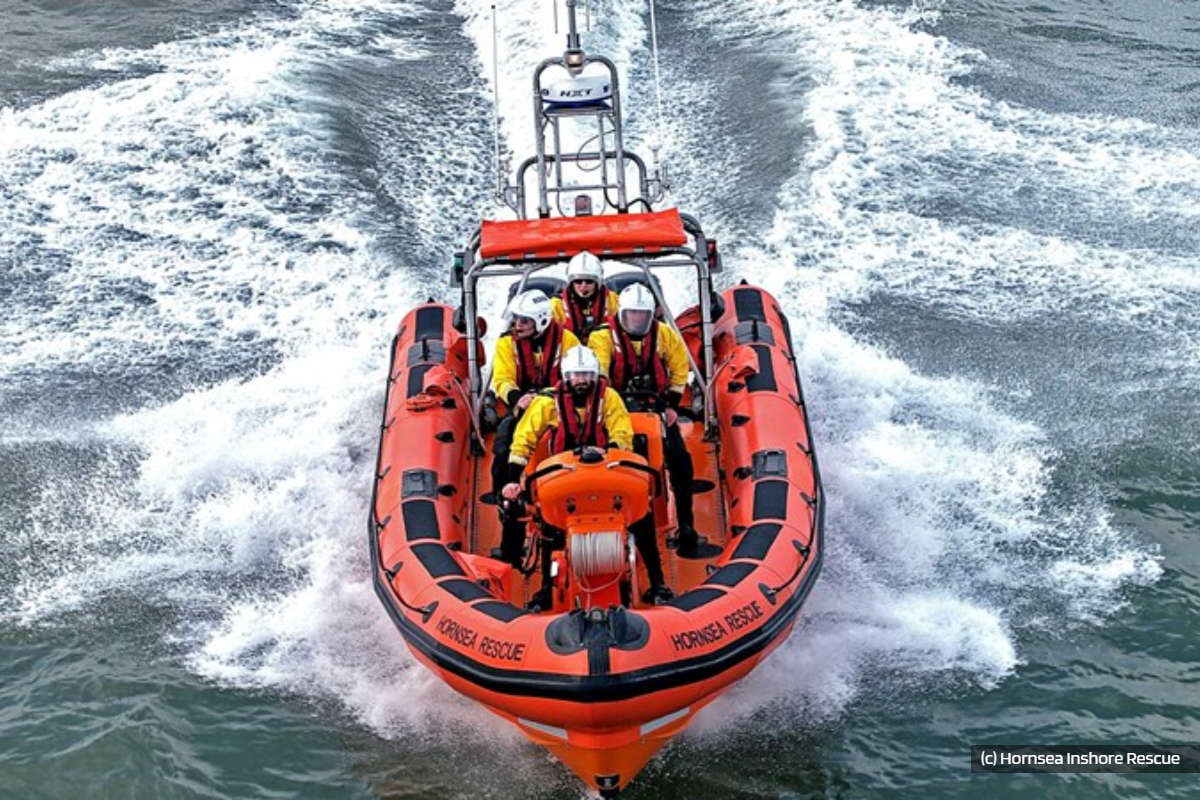 Hornsea Lifeboat Member Among London Marathon Runners
Hornsea Lifeboat Member Among London Marathon Runners
 Scarborough Rugby's Cup Progress
Scarborough Rugby's Cup Progress
 Mixed Results For Yorkshire Coast Cricket Sides
Mixed Results For Yorkshire Coast Cricket Sides
 Scarborough Athletic Miss Out On Top Half Spot
Scarborough Athletic Miss Out On Top Half Spot









Comments
Add a comment